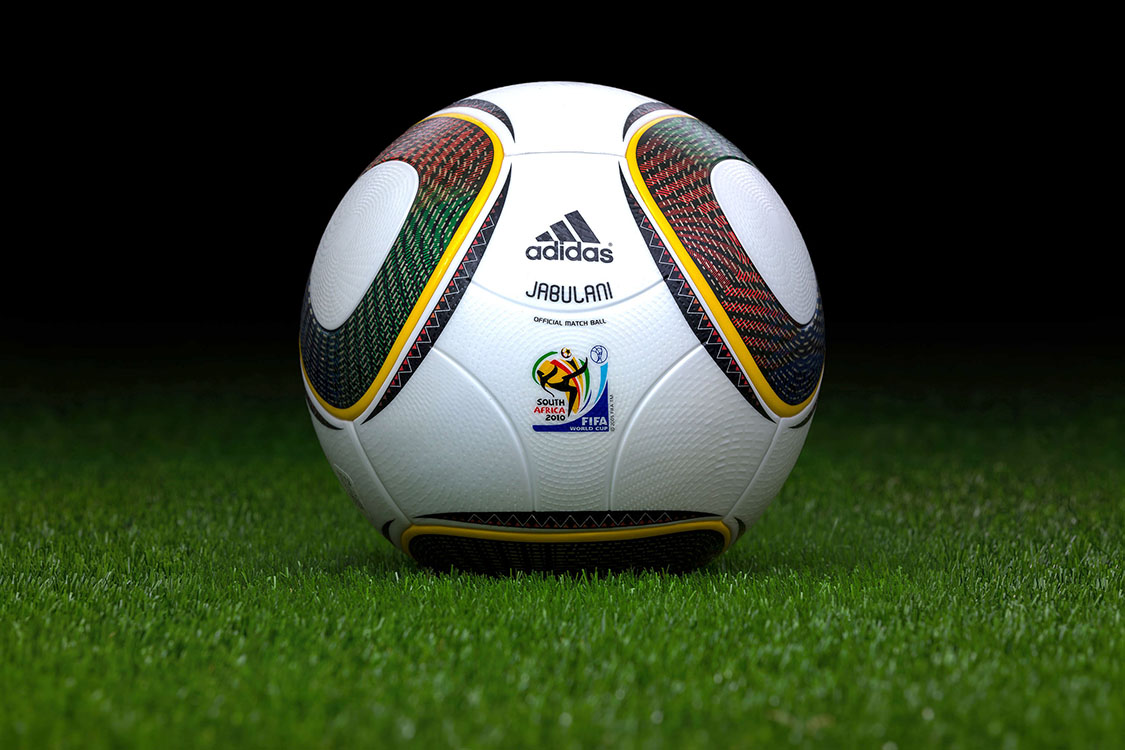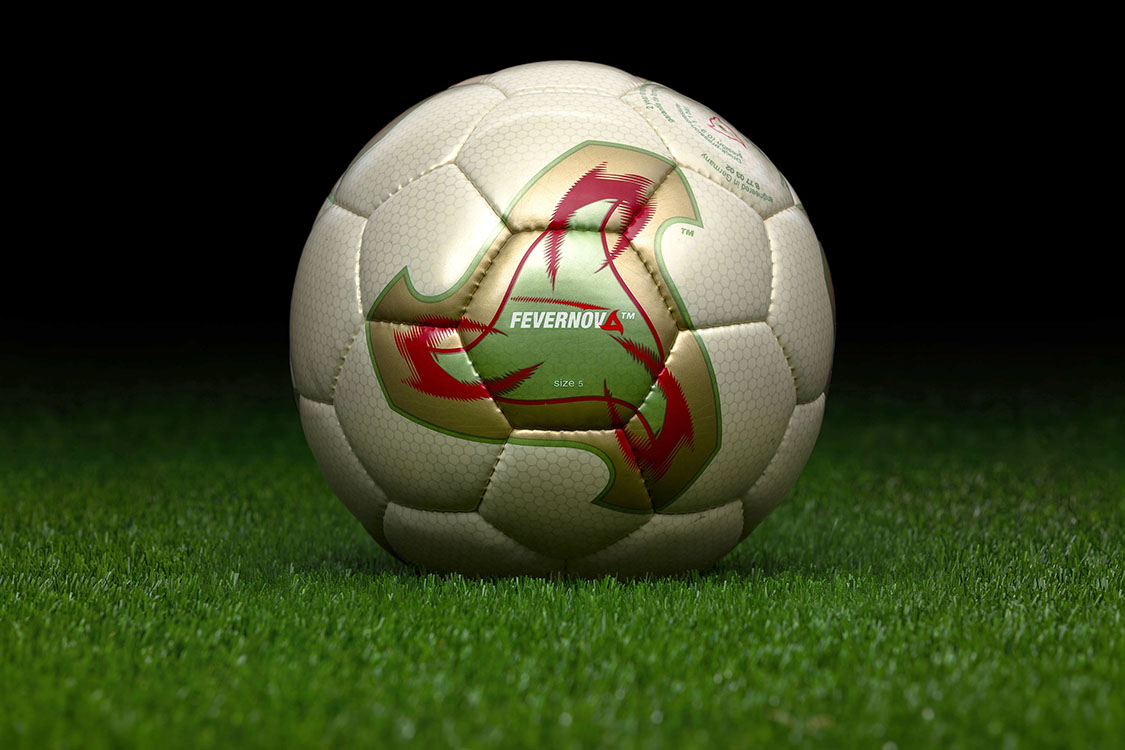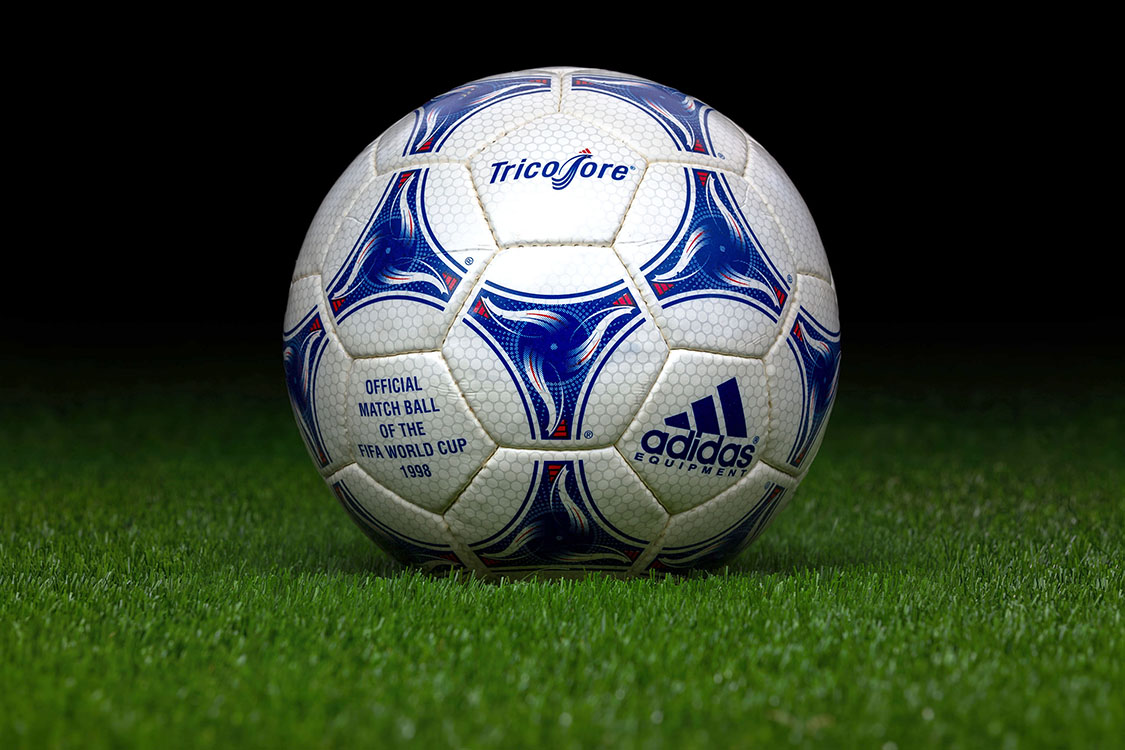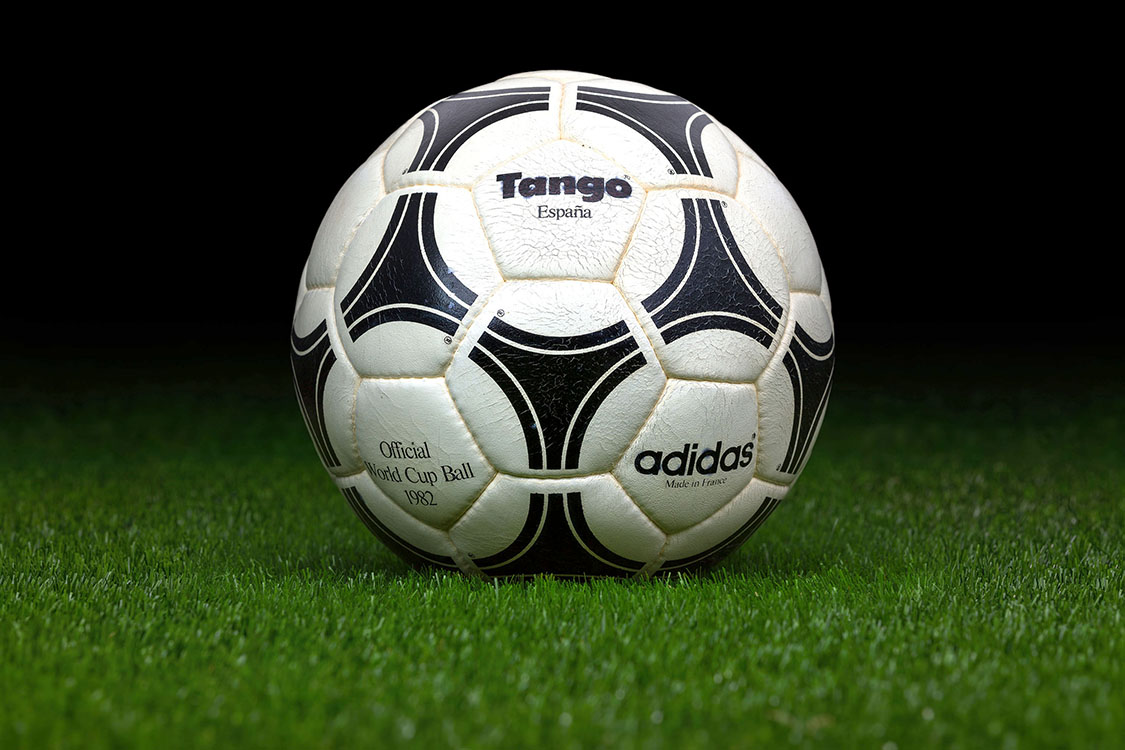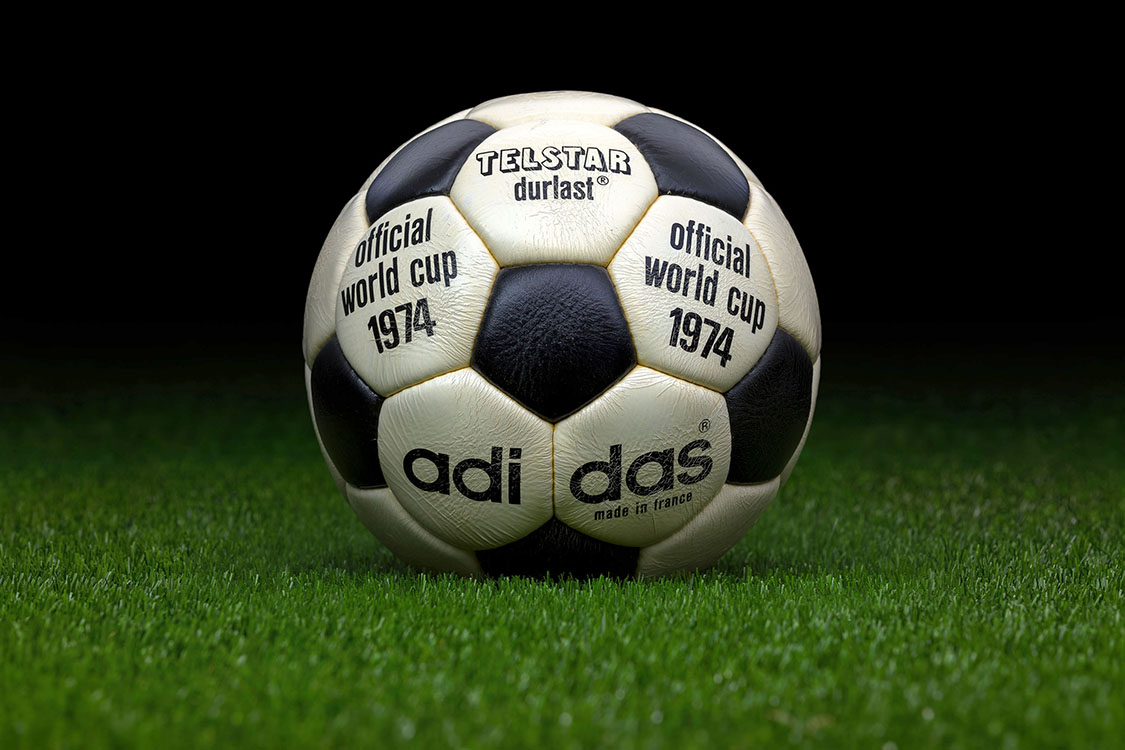The official match ball of the 2010 FIFA World Cup was called Jabulani (meaning, “to celebrate and to have fun”). It was designed using 11 colors referring to not only the 11 players in a team but also the 11 languages and 11 colonies located in South Africa. The ball consists of only 8 panels and was unpopular with players. On long range shots it shifted in the air, making the flight of the ball unpredictable. Bizarrely, there is high demand (and high prices) for the Jabulani today, due to its popularity among foot-golfers, since the Jabulani can roll in the grass for longer distances than other recent balls.
Content courtesy of Worldcupballs.info
